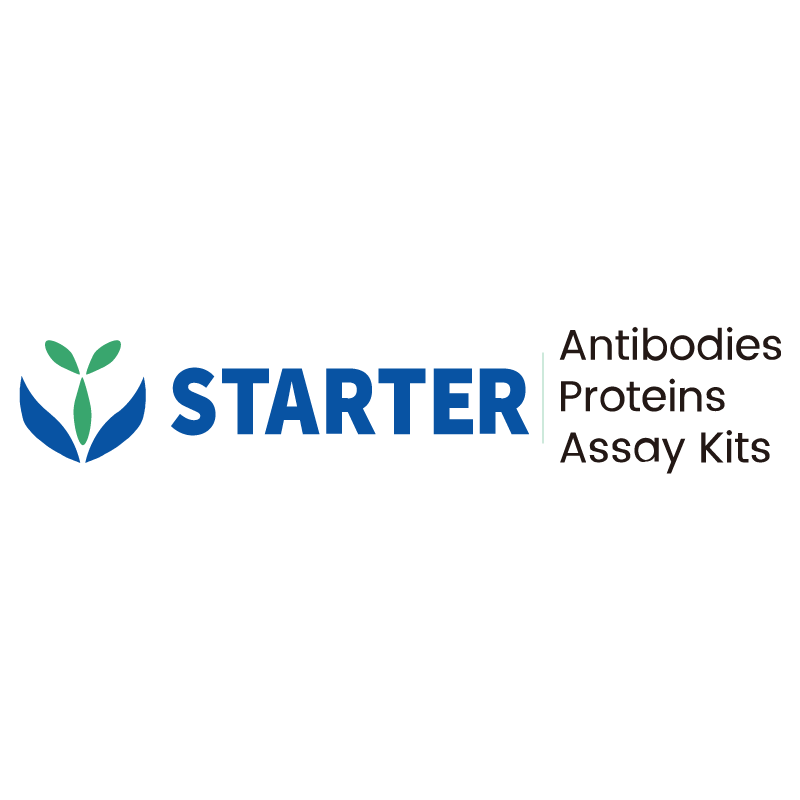WB result of Invivo anti-mouse CTLA-4 (CD152) mAb
Primary antibody: Invivo anti-mouse CTLA-4 (CD152) mAb at 1/1000 dilution
Lane 1: CTLA-4/CD152 Fc Chimera Protein, Mouse 1 µg
Secondary antibody: Goat Anti-Armenian Hamster IgG, (H+L), HRP conjugated at 1/10000 dilution
Predicted MW: 25 kDa
Observed MW: 55 kDa
Product Details
Product Details
Product Specification
| Host | Armenian hamster |
| Antigen | CTLA-4 (CD152) |
| Synonyms | Cytotoxic T-lymphocyte protein 4; Cytotoxic T-lymphocyte-associated antigen 4 (CTLA-4) |
| Location | Cell membrane |
| Accession | P09793 |
| Clone Number | S-R534 |
| Antibody Type | Recombinant mAb |
| Application | WB, in vivo CTLA-4 neutralization, in vitro CTLA-4 neutralization |
| Reactivity | Ms |
| Purification | Protein G |
| Concentration | 5 mg/ml |
| Conjugation | Unconjugated |
| Physical Appearance | Liquid |
| Storage Buffer | PBS pH7.4, containing no preservative |
| Stability & Storage |
2 to 8 °C for 2 weeks under sterile conditions; -20 °C for 3 months under sterile conditions; -80 °C for 24 months under sterile conditions.
Please avoid repeated freeze-thaw cycles.
|
Dilution
| application | dilution | species |
| WB | 1:1000 | Ms |
Background
CTLA-4 (Cytotoxic T-Lymphocyte-Associated Protein 4), also known as CD152, is a transmembrane protein expressed on the surface of activated T cells. It plays a role in the negative regulation of the immune response and is one of the key targets in immune checkpoint therapy. CTLA-4 shares the same ligands, B7 molecules (including CD80 and CD86), with CD28; however, unlike CD28, the binding of CTLA-4 to B7 molecules inhibits T cell activation. This inhibitory effect helps prevent excessive immune responses, but in the tumor microenvironment, tumor cells may exploit CTLA-4 to evade immune surveillance and attack.
Picture
Picture
Western Blot


